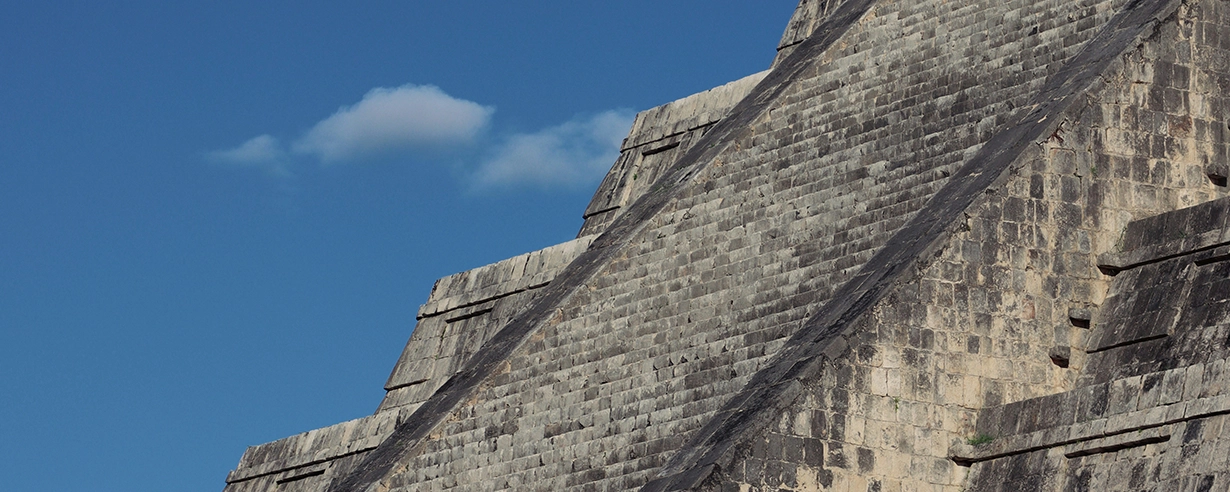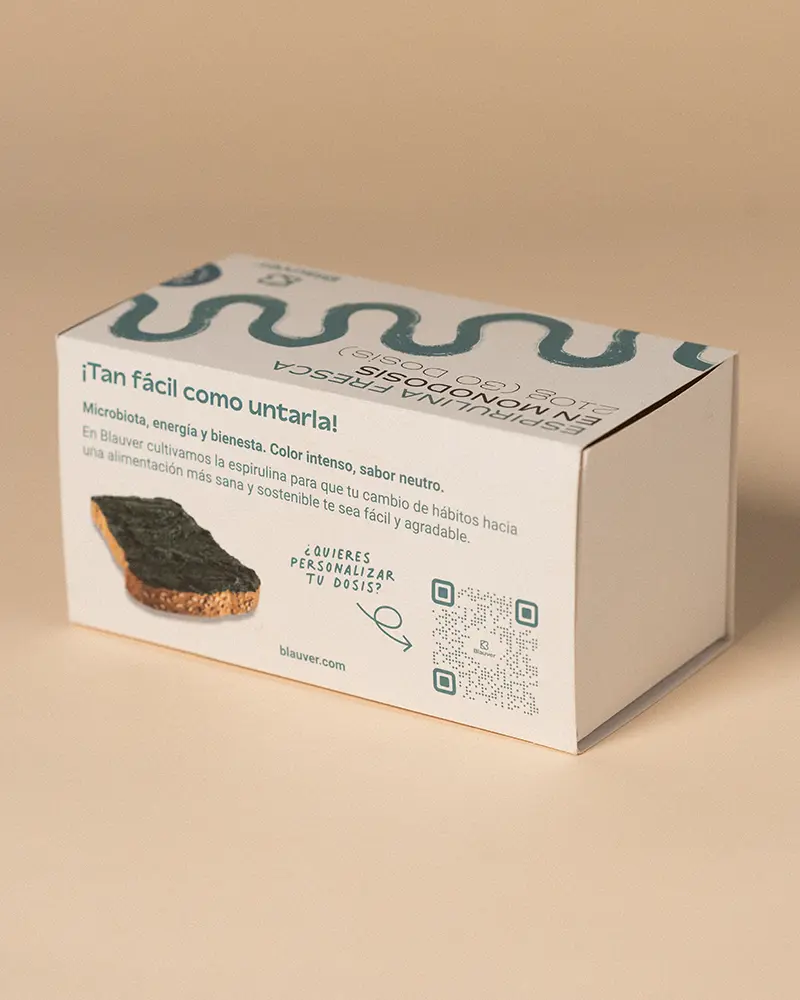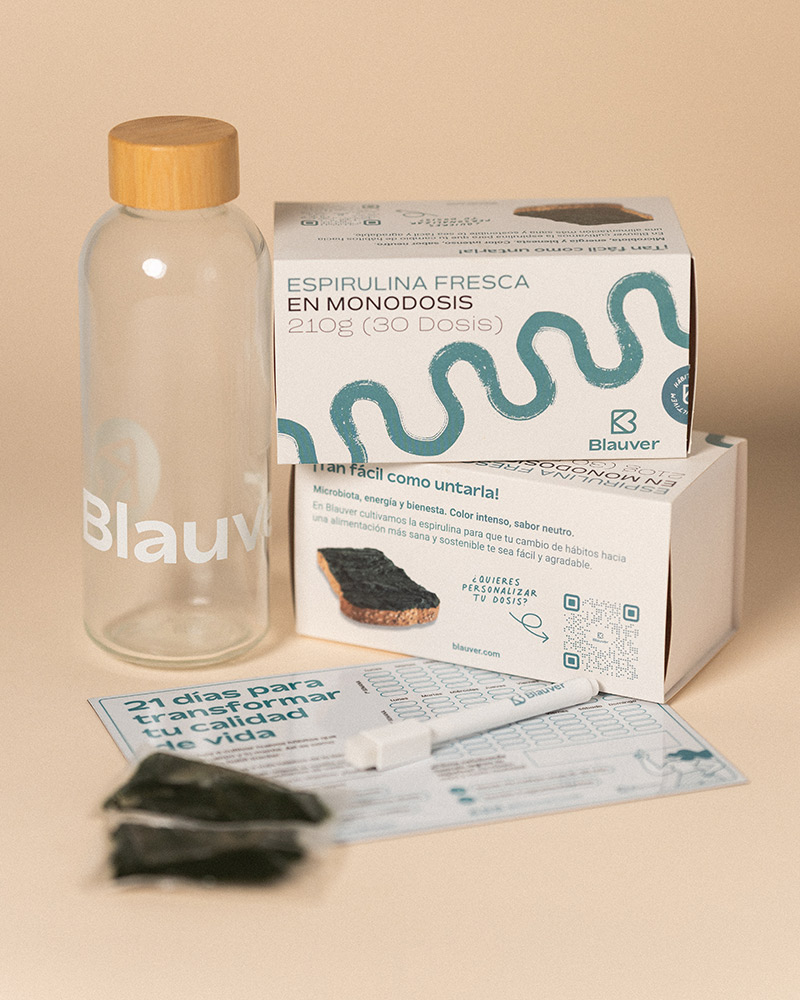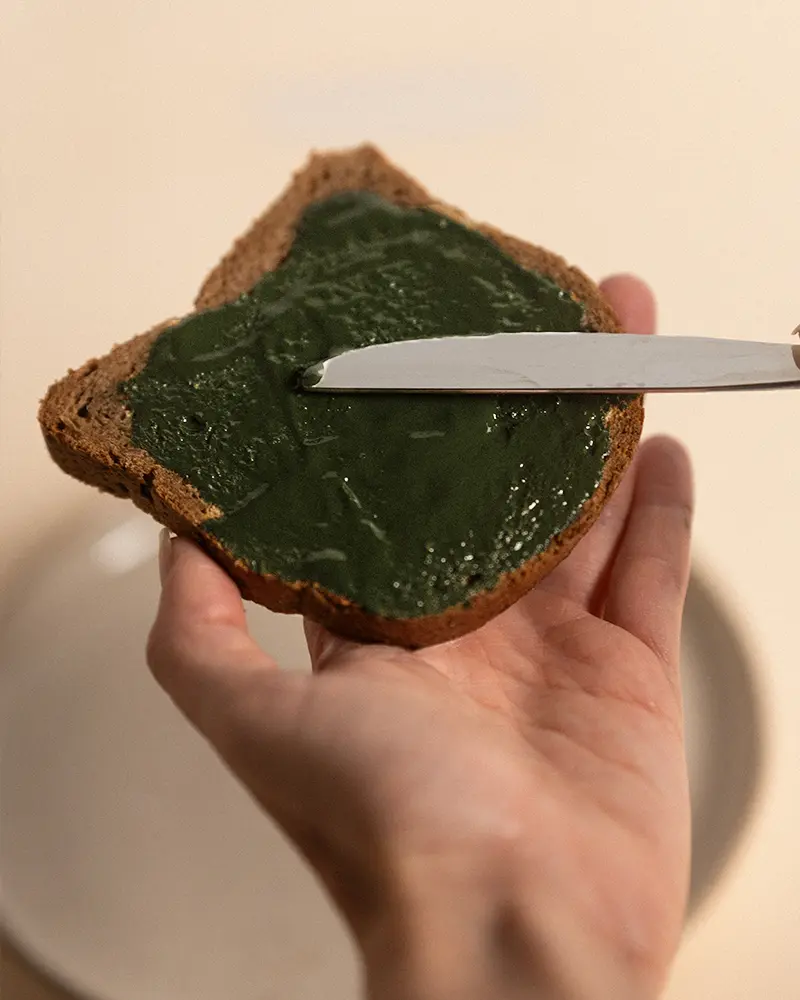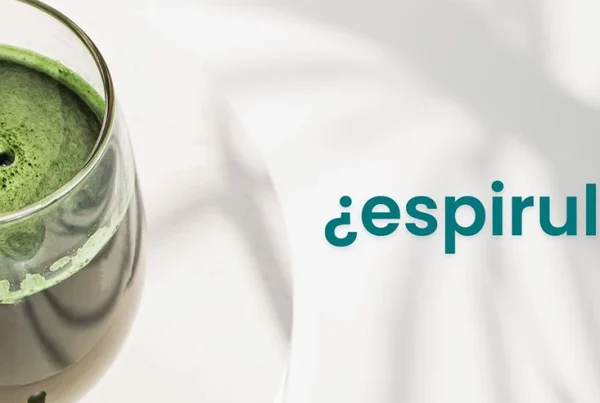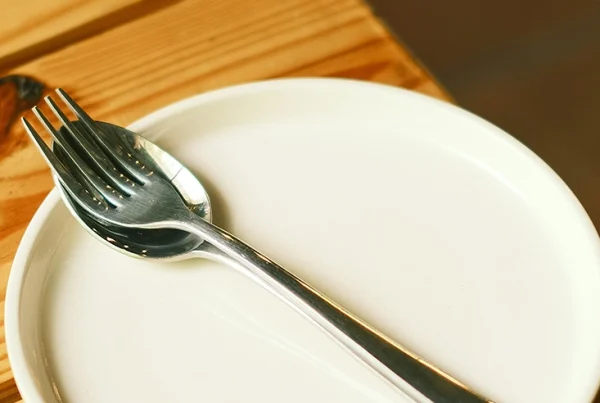These ancient cultures already used this powerful food in their daily habits.
It is curious how spirulina, this multivitamin bomb that we are so passionate about here at Blauver, is still largely unknown by most of the population despite having countless health benefits.
However, its use is neither a secret nor a recent phenomenon for some ancient cultures.
The Mayan and Aztec cultures already recognized and took advantage of the properties of this precious food, integrating it daily in their diet and even in their rituals.
Spirulina in Aztec Culture
The Aztecs, one of the most advanced civilizations in Mesoamerica, were great consumers of spirulina. For them this microalgae was known as “tecuitlatl,” and they collected it from the lakes of Texcoco and Xochimilco, where it proliferated naturally. This powerful food played a crucial role in their diet, especially in times of scarcity.
The Aztecs dried spirulina and molded it into small cakes that could be easily stored and transported. These cakes were rich in protein, vitamins and minerals, which made them an essential source of nutrition that made them ideal for military campaigns and long expeditions.

Spirulina in the Mayan Culture
The Maya, another advanced civilization of Mesoamerica, also included spirulina in their diet, although its use is not as well documented as in the Aztec culture. It is believed that the Mayans collected spirulina from the lakes of the Yucatan region, because like the Aztecs, they also appreciated spirulina for its high nutritional content.
In the Mayan cosmovision, spirulina not only had a nutritional value but also a spiritual value. The Maya considered many foods as gifts from the gods, and spirulina was no exception. Its consumption was associated with rituals and ceremonies that celebrated the connection between nature and human life.
Traditional benefits and applications
Spirulina was part of these great cultures for its wide range of benefits. It was an exceptional source of protein, surpassing in content many other foods available at the time. It also contained vitamins B1, B2, B3, iron, magnesium and potassium, essential for maintaining good health. It was also highly valued for its ability to strengthen the immune system and improve physical endurance. In times of war, it was common for warriors to consume spirulina to increase their energy and vitality. It was also used to treat various ailments, taking advantage of its antioxidant and anti-inflammatory properties.
Spirulina in the modern world
Today, spirulina has been named as the best food of the future by the UN and is widely supported by scientific studies confirming its health benefits. However, spirulina is largely unknown to the vast majority of today’s population, unlike the popularity it enjoyed in the Aztec and Mayan cultures.
If the traditional practices of these ancient cultures can teach us anything, it is the importance of natural and sustainable foods, and how they can be integrated into our daily lives to improve our health and well-being. By consuming spirulina today, we are not only taking advantage of a food with a high nutritional density and sustainable for the planet, but we are also participating in an ancestral tradition that has nourished civilizations for centuries. This historical connection adds an important level of depth to our understanding and appreciation of spirulina, highlighting its value in both the past and present.
If you want to start your journey to a fuller and healthier life, add the best quality spirulina on a daily basis. Here are some options:
-
Spirulina fresh ECO (30 units)
24,00 € IVA incluido -
Subscription Fresh Spirulina ECO
From: 48,00 € IVA incluido every 3 months -
Fresh Spirulina ECO (7 units)
6,50 € IVA incluido

